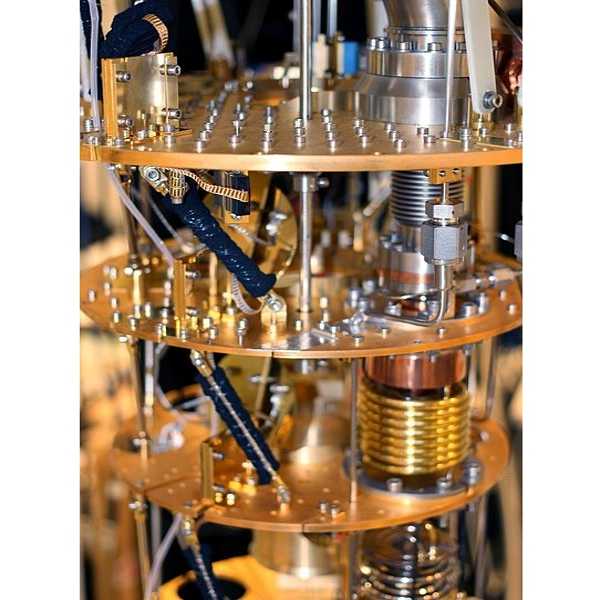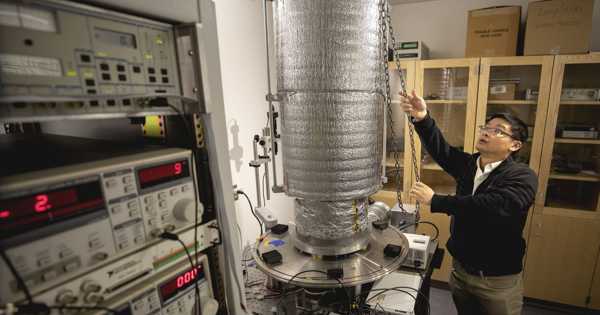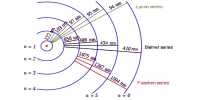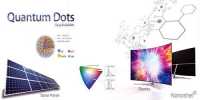Heat and cold appear to have little to do with quantum physics at first glance. A single atom can’t be hot or cold. Traditionally, the temperature can only be defined for objects made up of many particles. However, in collaboration with FU Berlin, Nanyang Technological University in Singapore, and the University of Lisbon, TU Wien has now demonstrated what possibilities arise when thermodynamics and quantum physics are combined: Quantum effects can be used specifically to cool a cloud of ultra-cold atoms even further.
Whatever sophisticated cooling methods have been used in the past, this technique, which has now been published in the scientific journal “Physical Review X-Quantum,” allows for a small step closer to absolute zero. There is still a lot of work to be done before this new cooling concept can be turned into an actual quantum refrigerator, but preliminary experiments show that the necessary steps are in principle possible.
By combining quantum theory and thermodynamics, it is possible to design a new kind of atomic refrigerator, which can cool down extremely cold Bose-Einstein-condensates even further.
A new field of research: quantum thermodynamics
“For a long time, thermodynamics has been an important part of classical mechanical machines, such as steam engines and combustion engines. Quantum machines are currently being developed on a very small scale. So far, thermodynamics has played little role there “Prof. Eisert of the Free University of Berlin says.
“If you want to build a quantum heat machine, you have to meet two fundamentally contradictory requirements,” says TU Wien Prof. Marcus Huber. “It must be a system made up of many particles in which you cannot precisely control every detail. You can’t talk about the heat if you don’t mention it. At the same time, the system must be simple enough and precise enough to avoid destroying quantum effects. Otherwise, you can’t bring up the subject of a quantum machine.”
“We came up with the idea of transferring the basic principles of thermal machines to quantum systems using quantum field descriptions of many-body quantum systems back in 2018,” says Prof. Jörg Schmiedmayer (TU Wien).
Now, a team of researchers from TU Wien and FU Berlin is delving into the details of how such quantum heat machines can be created. They were guided by the operating principle of a standard refrigerator: everything starts out at the same temperature, including the interior of the refrigerator, the environment, and the coolant. However, heat is extracted from the refrigerator when the coolant evaporates. When the coolant liquefies again, the heat is released outside. So, by varying the pressure, it is possible to cool the inside and transfer heat to the outside.

The question was whether a quantum version of such a process could exist. “Our plan was to use a Bose-Einstein condensate, which is an extremely cold state of matter,” Prof. Jörg Schmiedmayer explains. “In recent years, we have gained a great deal of experience in precisely controlling and manipulating such condensates using electromagnetic fields and laser beams, in order to investigate some of the fundamental phenomena at the interface of quantum physics and thermodynamics. The quantum heat machine was the logical next step.”
Energy redistribution at the atomic level
A Bose-Einstein condensate is divided into three parts, each of which has the same initial temperature. “If you couple these subsystems precisely and then separate them again, you can achieve that the part in the middle acts as a piston, so to speak, and allows heat energy to be transferred from one side to the other,” explains Marcus Huber. “As a result, one of the three subsystems has been cooled.”
Even at the start, the Bose-Einstein condensate has a very low energy state – but not quite the lowest possible energy state. Some quanta of energy remain and can move from one subsystem to another; these are referred to as “excitations of the quantum field.”
“In our case, these excitations serve as a coolant,” says Marcus Huber. “However, there are some significant differences between our system and a traditional refrigerator: Heat flow in a traditional refrigerator can only occur in one direction: from warm to cold. It is more complicated in a quantum system because energy can move from one subsystem to another and then back again. As a result, you must precisely control when which subsystems should be connected and when they should be decoupled.”
This quantum refrigerator is currently only a theoretical concept, but experiments have shown that the necessary steps are feasible. “Now that we know the basic concept works, we’ll try to implement it in the lab,” Joao Sabino says (TU Wien). “We are optimistic that we will be successful in the near future.”
That would be a spectacular advance in cryogenic physics, because no matter what other methods you use to achieve extremely low temperatures, you could always add the novel ‘quantum refrigerator’ at the end as a final additional cooling stage to make one part of the ultracold system even colder. “If it works with cold atoms, our ideas can be implemented in many other quantum systems, leading to new quantum technology applications,” Jörg Schmiedmayer says.
















